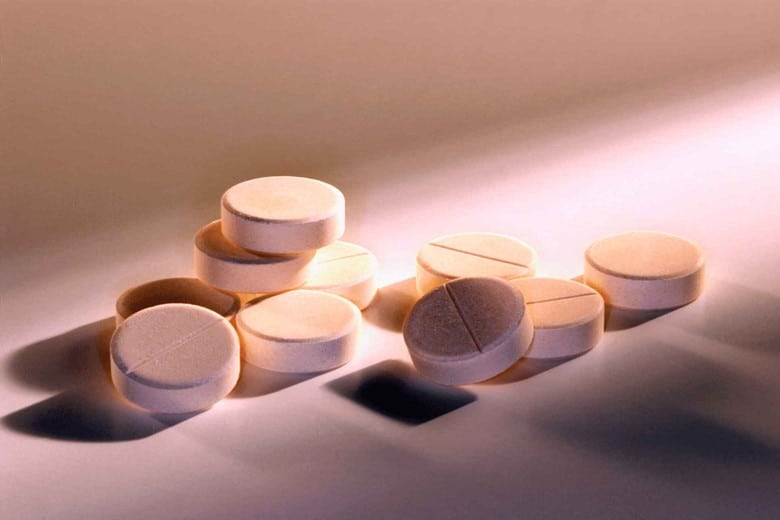
Before jumping to the explanation, let’s define the glucose tablets or pills, first.
Glucose tablets for diabetes are chewable sugar pills that are taken by diabetes mellitus patients when their blood glucose level drops too low, a condition called hypoglycemia.
But why will someone’s glucose level get low?
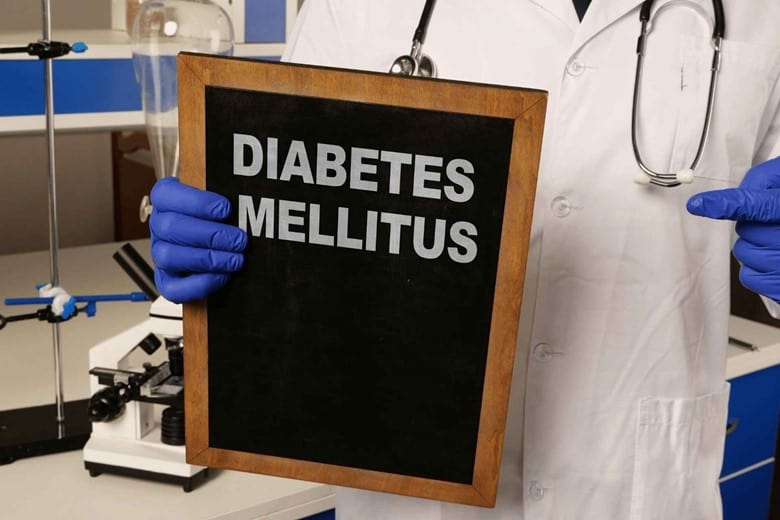
One reason is that diabetes mellitus patients cannot store glucose in their body, which is secreted in the urine and as you know glucose is the fuel for humans so their level gets low.

For example, when you are going on a long trip to a desert area or an area where there is no availability of fuel for your car then what do you do in that case? Of course, you take extra fuel in a container so that if the fuel gets low you can use it, this is the same for diabetic patients because their bodies cannot store glucose so the patient should take readily available glucose tablets.
But if the patient takes extra food for it instead of glucose tablets then?
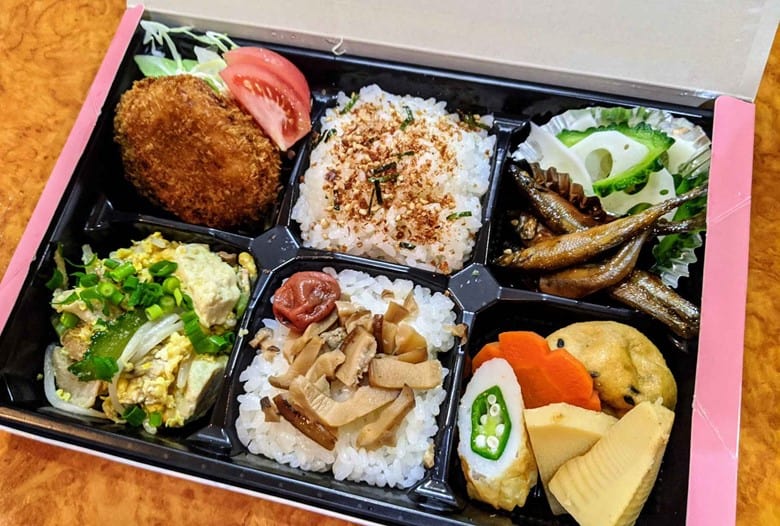
Well, food contains glucose in complex forms like oligosaccharides or mostly polysaccharides. The body has to break it down to glucose first and then the cells will be able to use it and of course, it will take time until digestion completes so it is best to take glucose tablets which could readily and instantly provide glucose during hypoglycemia.

The other and main reason is that when the patient takes insulin or other medications like sulfonylureas, their glucose is stored in the liver in the form of glycogen, leaving the blood with a low level of glucose and leading to hypoglycemia.
How can someone recognize that their glucose level gets low too dangerously?
You mean the symptoms of hypoglycemia?
Following are some of the symptoms and indications of hypoglycemia. The patient should take glucose tablets when he or she feels any of these symptoms. The symptoms may change over time and may change from person to person.
Common hypoglycemia symptoms:
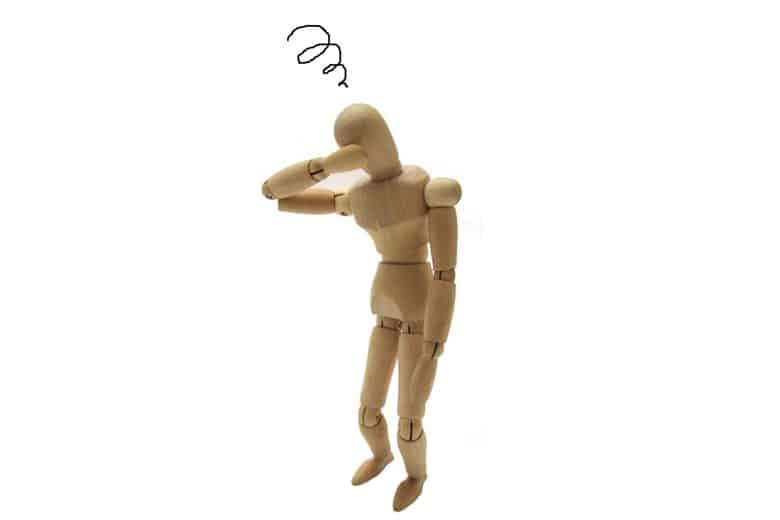
- Dizziness and weakness

- Shaking, trembling of hands and legs
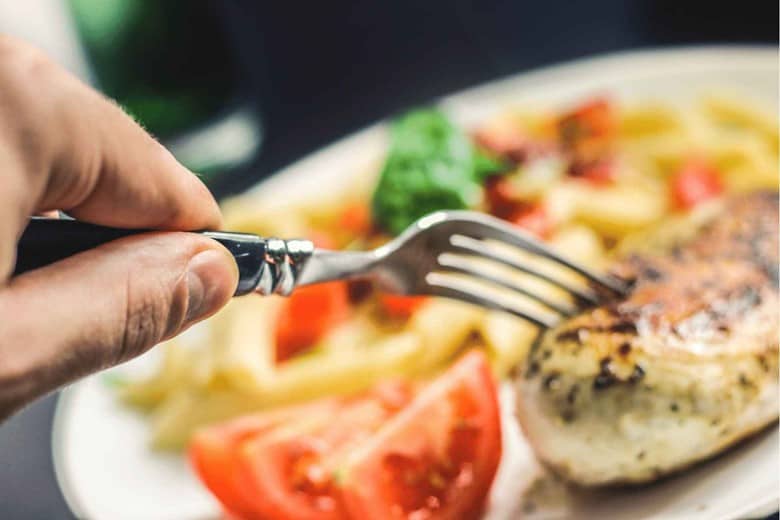
- Hunger

- or nausea

- Blurred vision

- Anxiety, nervousness, or irritability

- Fatigue

- Sweating
These are the common symptoms, but in these indications, the first symptom which appears is dizziness, weakness, and shaking and trembling of hands and legs.
So a patient has to take glucose tablets when he or she has one of these conditions?

Yes, these are the symptoms of hypoglycemia. But a glucose meter is another way of measuring the glucose level.
But what readings on the glucose meter are considered low blood glucose levels or hypoglycemia?
The normal value is 70–170 mg/dl; this is a level for a normal routine i.e. not after a meal while in fasting the value is 65–110 mg/dl. Below 50 mg/dl is a severely low level of blood glucose.
I have a doubt that I have heard that diabetic patients have a high glucose level, but here you are talking that glucose tablets for hypoglycemia?
That’s a good question. The diabetic patient has always high glucose levels in their blood, a condition called hyperglycemia but when their glucose level may lead to hypoglycemia when the patient is taking too many diabetic medications, not eating enough food, exercising too much without taking any snacks, waiting too long between meals and most important taking a high dose of insulin (because insulin converts the glucose to glycogen, making blood glucose level low), lead to hypoglycemia which is treated instantly with glucose tablets.
What flavors of these tablets are available?
Different flavors of these tablets are available, such as orange, grapes, raspberry, etc.
Are there any other forms of these tablets available?
Yes, these chewable sugars also come in gel, liquid, and powder forms. It works the same as glucose tablets do.
How many tablets should a patient take?
It depends on the condition of the patient, some take 2, some take 3 but The National Institute of Diabetes and Digestive and Kidney Diseases (NIDDK) suggests that 4 glucose tablets are appropriate when the blood glucose level is below 70 mg/dl.
Is there any food or drink that can instantly provide glucose other than tablets?

The Center for Disease Control and Prevention (CDC) mentions that glucose tablets are the first line of defense against hypoglycemia. But after taking 2 to 3 tablets, if you want to take one tablet of glucose from food or drink, then it is also good because the patient can enjoy the taste of food and drinks.
The other food and drinks that can give you glucose, and you can carry it are:
If the blood glucose level is 70-80 mg/dl:

- Peanut butter and Crackers
Peanuts and crackers can slightly increase the blood glucose level at this stage because this value is not technically low, but some patients may feel unease at this value so it can up the value slightly.
If the blood glucose level is 55–70 mg/dl.
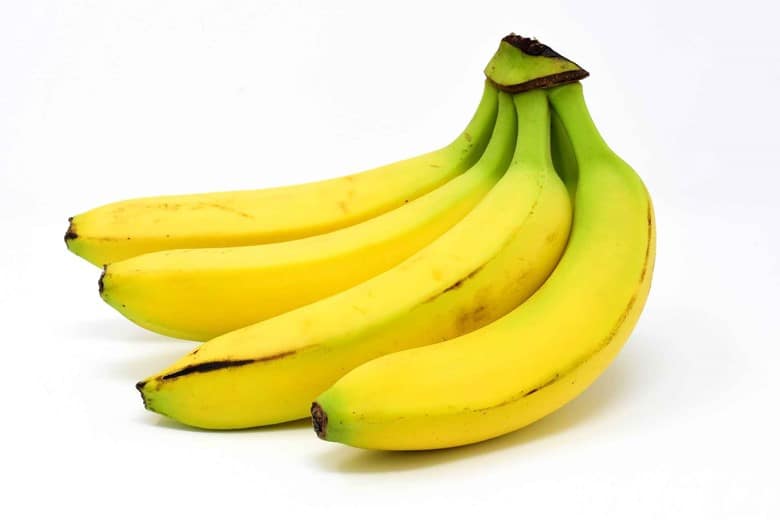
- Bananas

- Pineapple

- Raisins

- Applesauce

- Dates

- Grapes
These foods contain a higher amount of glucose,e which can meet this situation.
If the blood glucose level is below 55 mg/dl.

- Grape juice
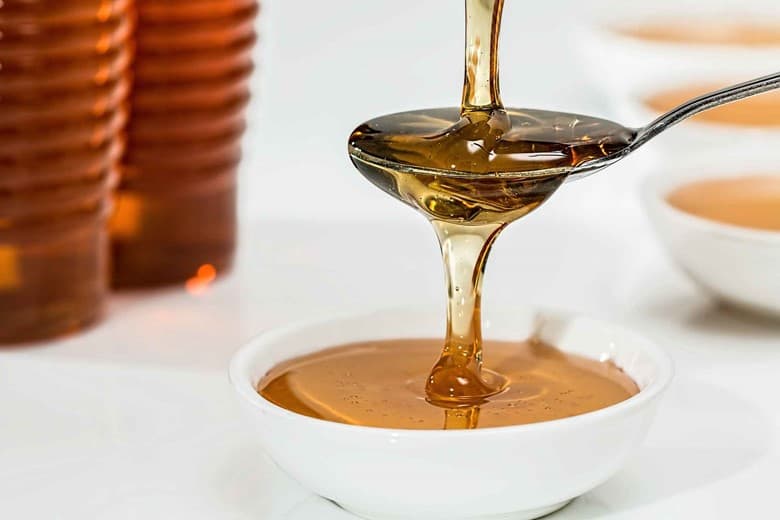
- Honey

- Glucose tablets
Juices:
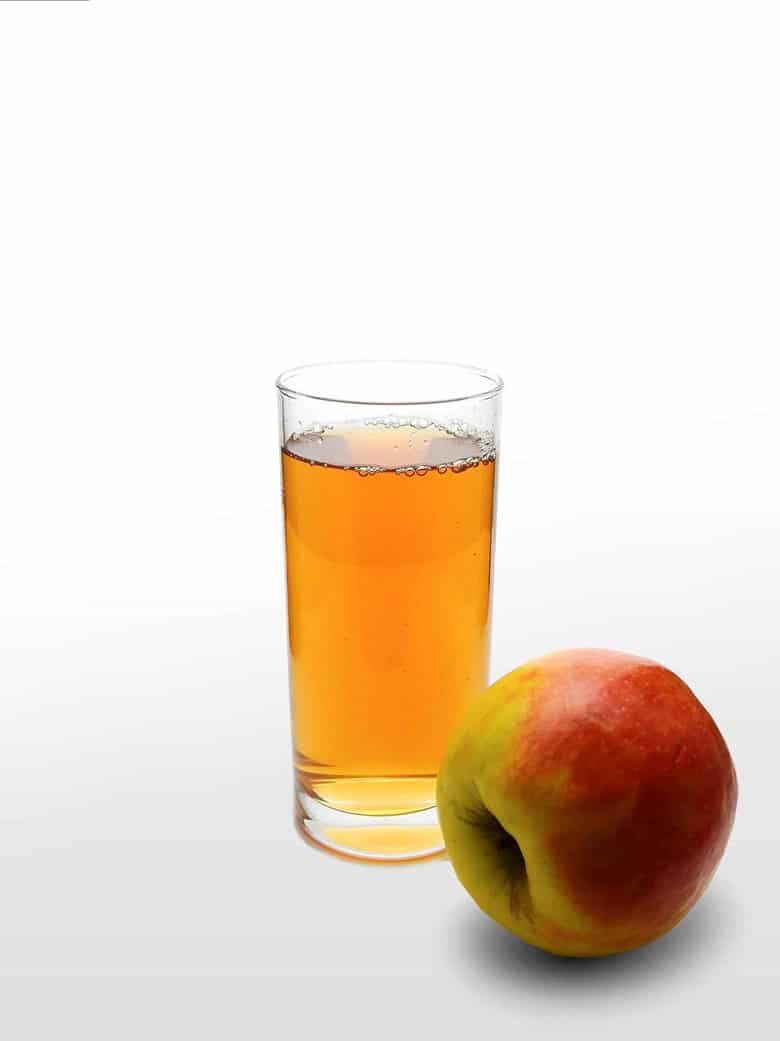
- Apple juice

- Grape juice

- Pineapple juice
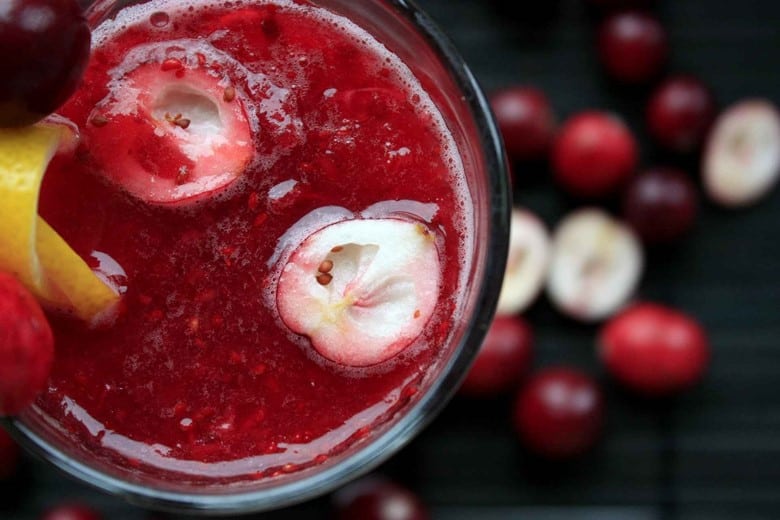
- Cranberry juice
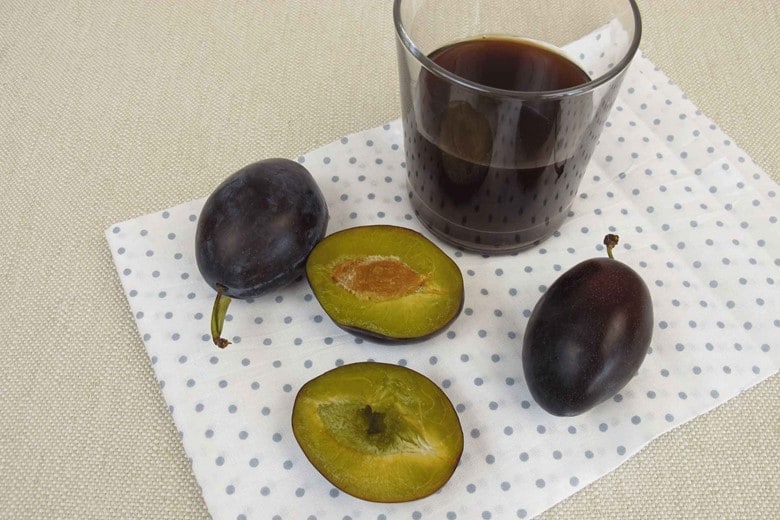
- Prune juice
- Regular soda (non-diet)
How are glucose tablets better than food or drinks?
- Glucose tablets and pills are so designed that they are quickly absorbed into the body so that I give quick glucose to the blood.
- The standard value in grams for glucose is 15 grams when it is low in the blood. You don’t know how much food or drink will give me 15 grams of glucose, so it is easy to get the right amount by taking glucose pills.
How much of the glucose level is raised by 1 gram of glucose?
Their value varies from person to person and also depends on the type of diabetes (type 1 and type 2). But generally, 1 gram raises the blood glucose level by 5 mg/dl. In children with diabetes, this value is not applied.
What is the safe amount of sugar or glucose per day?
Again there is no fixed value or fixed answer to this question because some people take a lot of glucose/sugar without any harm while others try to avoid it as much as possible.
But according to the American Heart Association (AHA), the maximum amount of sugar a person should take a day is:
I) Men:
37.5 grams, or 9 teaspoons per day (150 calories).
ii) Women:
25 grams, or 6 teaspoons per day (100 calories).
But remember, these values are for normal people. For diabetics, it is recommended to avoid sugar as much as possible only he/she can take it when their blood glucose drops low or take any diabetic medications, especially insulin.
Is it necessary to have a doctor’s prescription to buy glucose tablets?
No, glucose tablets don’t need a doctor’s prescription. These tablets are available in grocery markets, pharmacies, and retail markets.
Before a patient gets into hypoglycemia, how could the patient prevent a low blood glucose level?
Diabetic patients should take great care of their blood glucose levels. Here are some tips and recommendations that can help you maintain a normal blood glucose level.
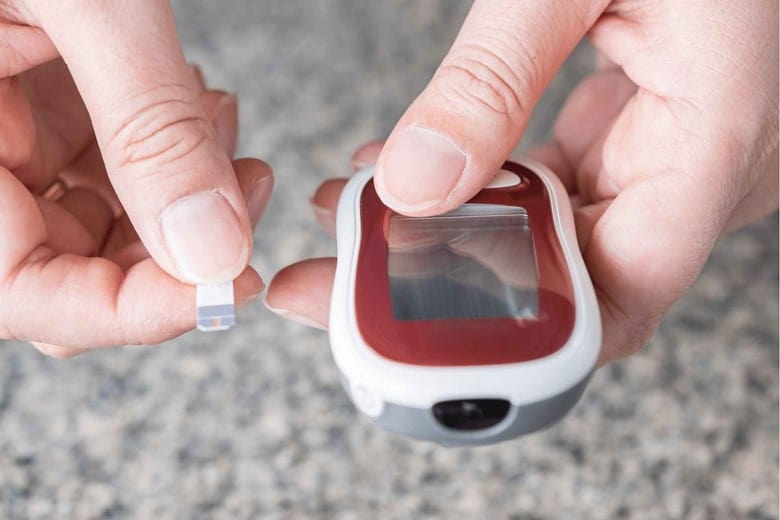
- Check the blood glucose level regularly before it goes to a low-level condition.
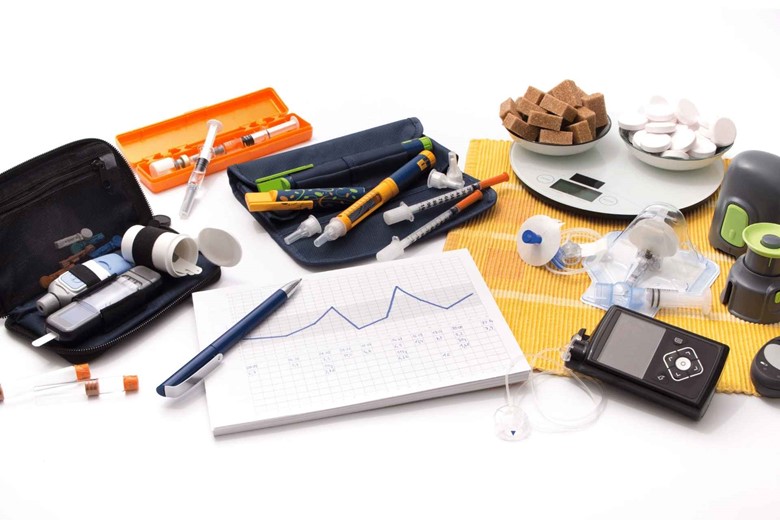
- Always carry sugary food, drinks, or glucose tablets with you.

- Take great care while exercising. Before exercise, a carbohydrate-containing snack or food can reduce the risk of hypoglycemia.

- Avoid drinking alcohol, which can affect your nervous system and lead to a dangerous situation.
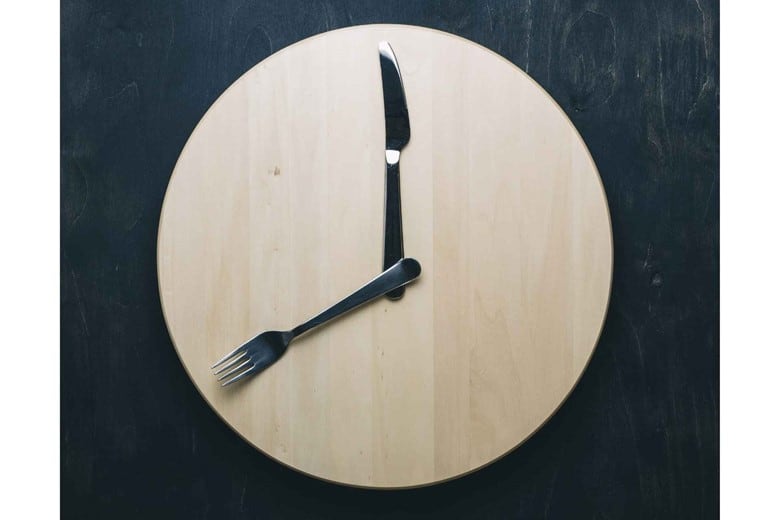
- Do not skip meals.
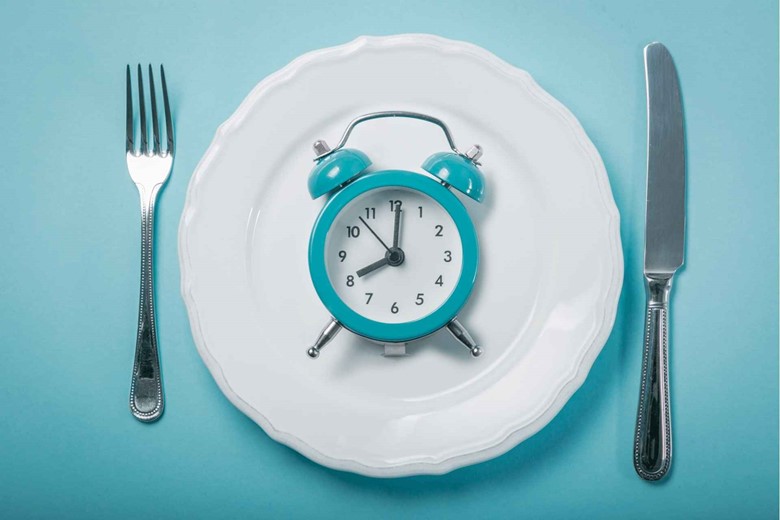
- Do not wait too long between meals; take meals on time.
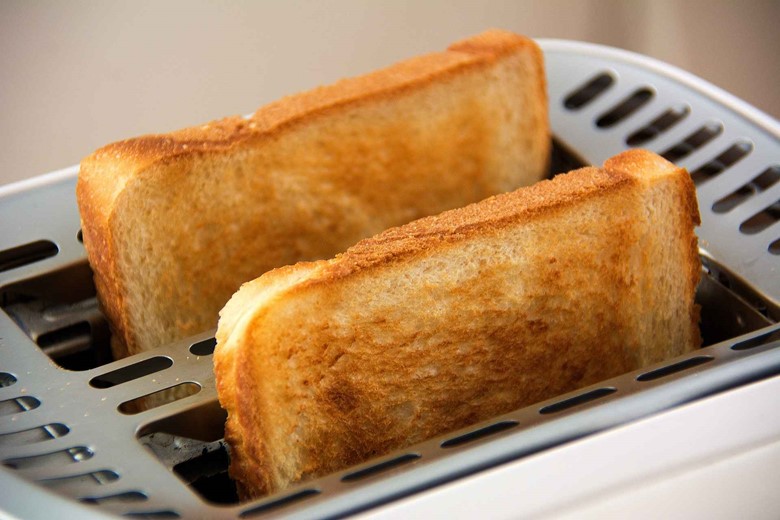
- Before going to sleep, carbohydrate-containing bites like biscuits, toast, or food can prevent you from reaching severely low glucose levels while sleeping.
- Use a glucose monitor for glucose level readings.
What should a diabetic patient avoid when their glucose level drops too low?
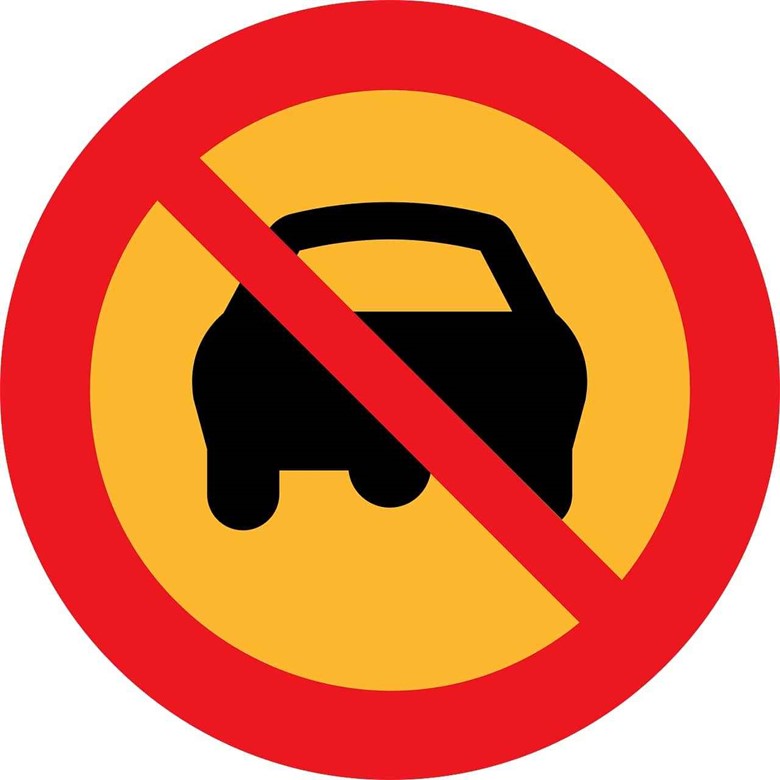
- Do not drive when you feel your glucose level is dropping. If you are driving, stop the car and take some carbohydrate-rich food or drinks or glucose tablets.
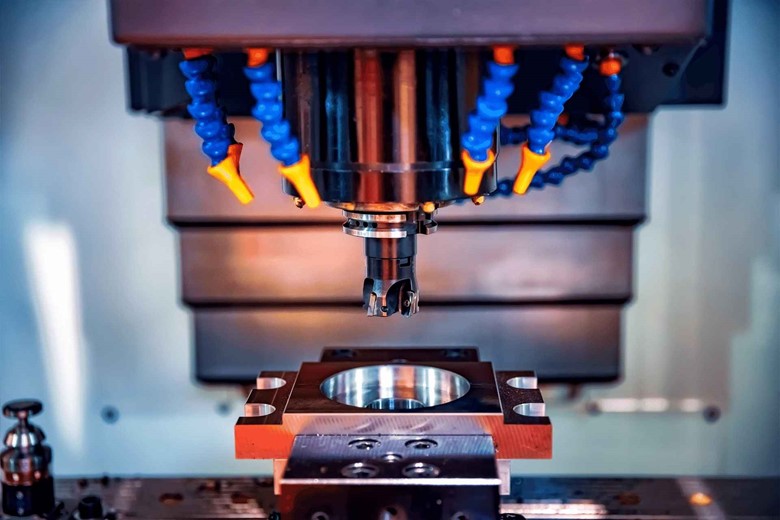
- Do not work with machines when you feel glucose levels are going to drop.

- Avoid electric-related instruments.

- Do not use knives or blades or sharp things for cutting in this situation.
- Sit on a chair or somewhere take some drinks or glucose pills or tablets to regain the glucose level and then after 15 to 20 minutes you can work with all the above instruments and can drive too.
Are there any side effects of using these glucose tablets?
Yes, most medications have some side effects which are written on paper folded in their packing. Here I am listing some of their side effects.
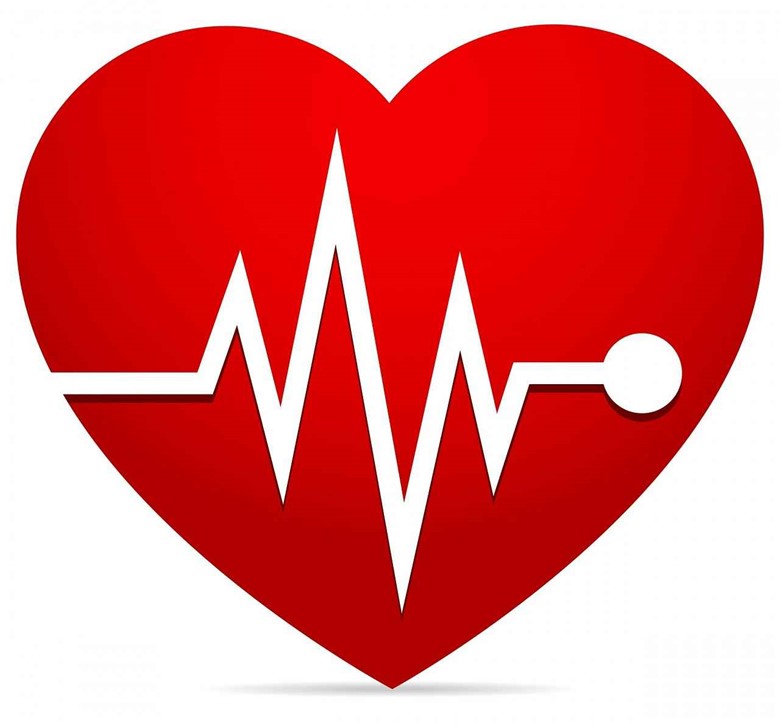
- Slow or low heart rate.
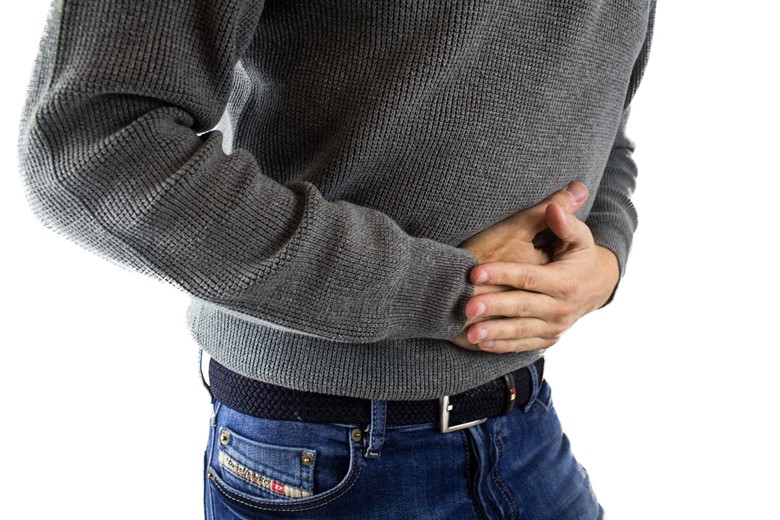
- Upset stomach
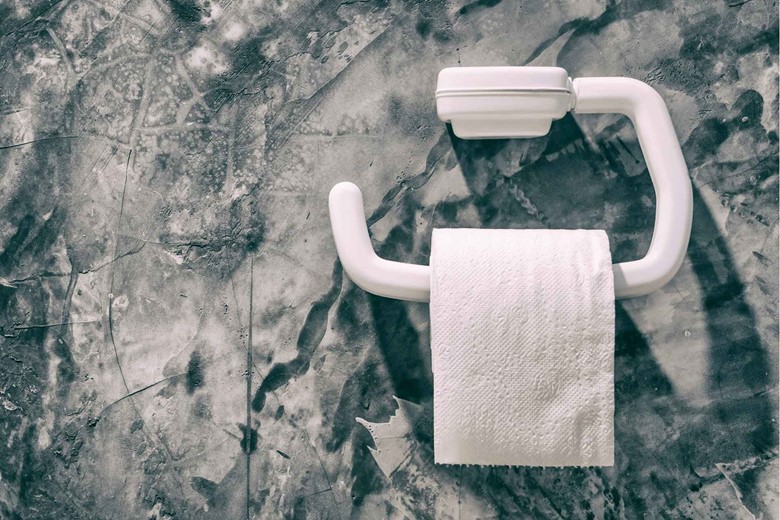
- Diarrhea and constipation
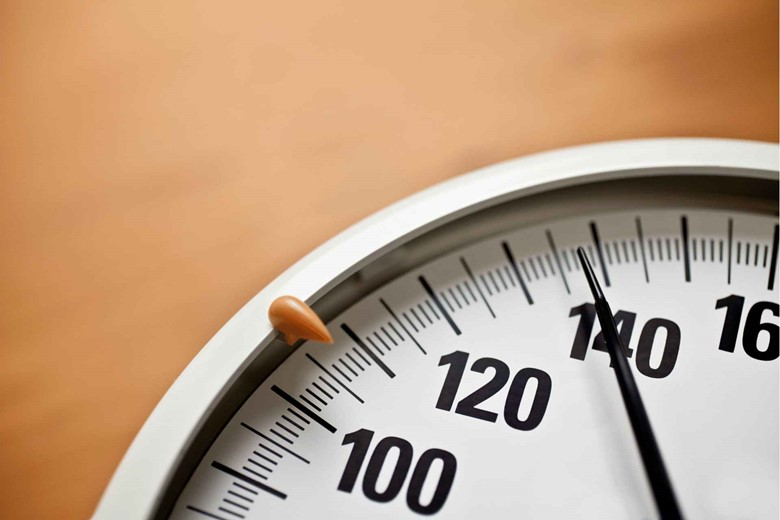
- Weight gain

- Muscle pain
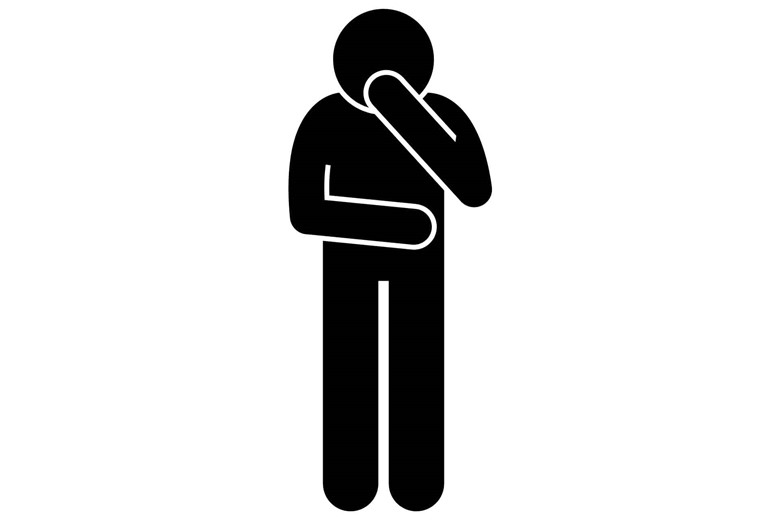
- Nausea
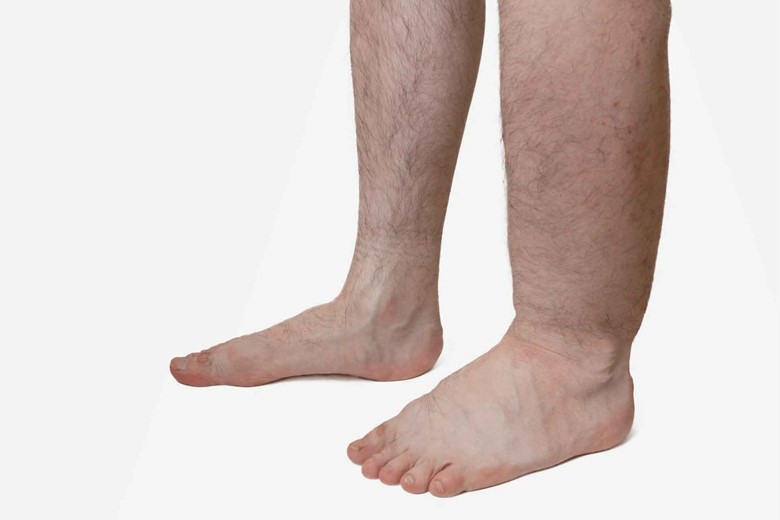
- Edema (swelling)

- Inflammation of vein
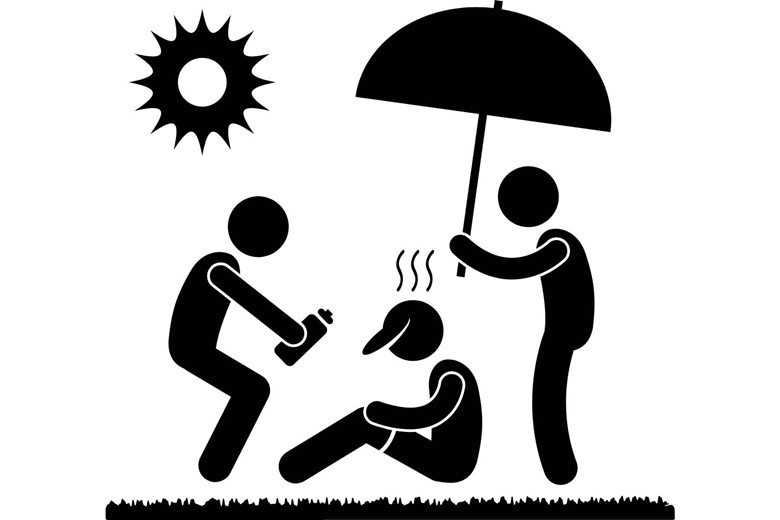
- Dehydration
However, these side effects may vary from person to person.
Can non-diabetic people take glucose tablets?
Yes, non-diabetic patients can take it, but it is not recommended for normal people. Because drinks and food contain a higher amount of sugar than glucose tablets, for example, a 12-ounce Can of Coca-Cola contains 39 grams of sugar. One cup of orange juice contains 21 grams of sugar/glucose, and one cup of grape juice contains 36 grams of glucose. So it is clear that if we have to take 39 grams of glucose as in Can Coca-Cola, from glucose pills we have to take about 8 glucose tablets, 4 glucose tablets to get 21 grams of glucose, and about 7 to get 36 grams of glucose.
It means we have to take a higher amount of glucose tablets to get the same amount of glucose in a juice.
Conclusion/summary
As you know diabetic patients have high glucose levels in their blood but here we are talking about “glucose tablets for diabetes” or we can also say “glucose tablets for hypoglycemia.”
You should know that diabetic patients take diabetic medications like insulin so that their glucose is stored in the body by just wasting it in the urine. Just after taking insulin, the insulin starts to work and stores the excess glucose in the liver leaving the blood deprived of glucose. Now in that instant situation, the glucose level drops too dangerously in diabetic patients which should be treated immediately otherwise it would be lethal for the person. For this glucose tablets/pills are prepared which gives instant glucose to the blood, unlike the other food which takes time to break into simple sugar or glucose.
So it is highly recommended that you first always and regularly monitor your blood glucose level using a glucose monitor before the situation becomes too dangerous. While monitoring diabetic blood glucose levels you can enjoy food and drinks which can slowly make the blood glucose level normal because in a diabetic high sugar-rich food is not good for health.
But if the condition GOD forbade goes wrong then you should always keep glucose tablets with you.
Here I am giving the best glucose tablets for diabetes and hypoglycemia.
The following product supports healthy blood sugar levels, promotes heart/circulatory health, helps support fat metabolism, so you should try this one too.







1 thought on “GLUCOSE TABLETS FOR DIABETES”